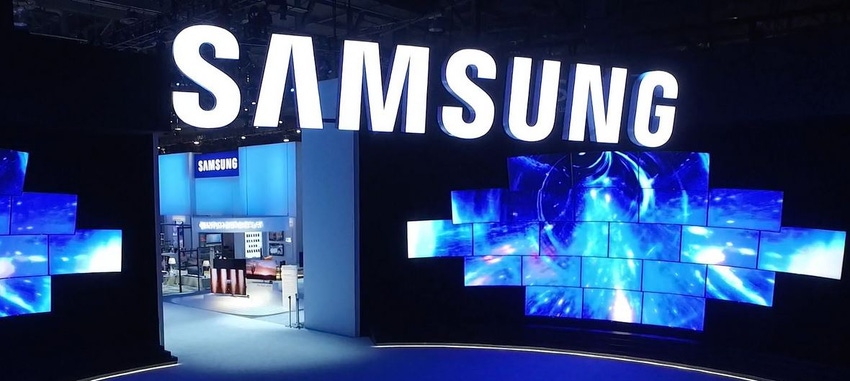Having forced the hand of the GSMA to cancel this years’ Barcelona bonanza, the coronavirus is now making itself known in Korea.
February 24, 2020

Having forced the hand of the GSMA to cancel this years’ Barcelona bonanza, the coronavirus is now making itself known in Korea.
While the majority of a Samsung factory is now open, the floor where in infected employee worked will remain closed until the morning of February 25, according to Reuters. The impact should not be too significant to the Samsung business as this site only accounts for a small proportion of the total manufacturing output, it is another example of how the coronavirus outbreak could dent global supply chains.
“The company has placed colleagues who came in contact with the infected employee in self-quarantine and taken steps to have them tested for possible infection,” a spokesperson said.
Samsung might play down the impact of the closure on its business today, though it is also worth bearing in mind the coronavirus outbreak seems to be accelerating in Korea. The South Korean government has put the country on the highest threat level, after the number of cases just to 763 over the weekend.
As it stands, there has seemingly been little material impact to the industry, aside from limitations to travel and cancellations of conferences. Minimised facetime with partners and customers will of course impact business, though should manufacturing sites start to shut down, the consequences could be very expensive.
The telecoms and technology industries are under particular risk, considering the majority of manufacturing activities are concentrated in China.
“In line with recommendations from the Chinese authorities related to the Corona virus, Ericsson’s production and offices in China were closed until 9 February and this will result in limited to no impact on our customers,” an Ericsson spokesperson said.
“We continue to follow the situation and recommendation from the Chinese authorities and WHO [World Health Organisation], as we assess our supply chain.”
Ericsson is one company which is seemingly in a more comfortable position. Some products are manufactured in China, though the company also has sites in Estonia, the US and Brazil. Each of these sites can see production ramped up to compensate for any short-falling elsewhere.
As it stands there are more than 70,000 coronavirus cases in China, though the Hubei province has felt the greatest impact. Xiaomi is one company in the TMT space which has been impacted in a material way, its second headquarters is located in Wuhan, though as much of the telco industry is located in the Guangdong province, supply chain impact has been minimised for the moment.
Huawei is another company which was forced to close its doors in early February, though the company has suggested this was an extended holiday period for employees, and it is now back to 100% manufacturing capability.
“In short, we are doing an industry assessment,” said Ryan Ding, President of Huawei’s carrier business unit. “But we can say, for the next 3-6 months there will not be an impact on our global supply chain.”
Right now, the company has stockpiles of product and components which will ensure there is no complications to supply, both in terms of smartphones and telecoms network infrastructure equipment. As the sites are now functional again, it does look like the most serious consequences can be avoided, though this is based on the presumption the coronavirus outbreak will not continue to escalate.
The immediate risk to the closure of manufacturing sites is an inability to meet demands of customers with products, but also sourcing materials and components. Scarcity of components would only increase the price of products, meaning companies would have to either accept lower profit margins or pass the increased cost onto customers.
While the Chinese companies are the most obvious risk to the global supply chain, let’s not forget China is the manufacturing hub of much of the TMT industry. Ericsson, Nokia and Apple can also trace their supply chain back to Shenzhen. Currently, the delicately balanced supply chains are remaining intact, though this should be viewed as a significant risk to the telecoms industry.
About the Author(s)
You May Also Like








.png?width=300&auto=webp&quality=80&disable=upscale)


_1.jpg?width=300&auto=webp&quality=80&disable=upscale)


.png?width=800&auto=webp&quality=80&disable=upscale)